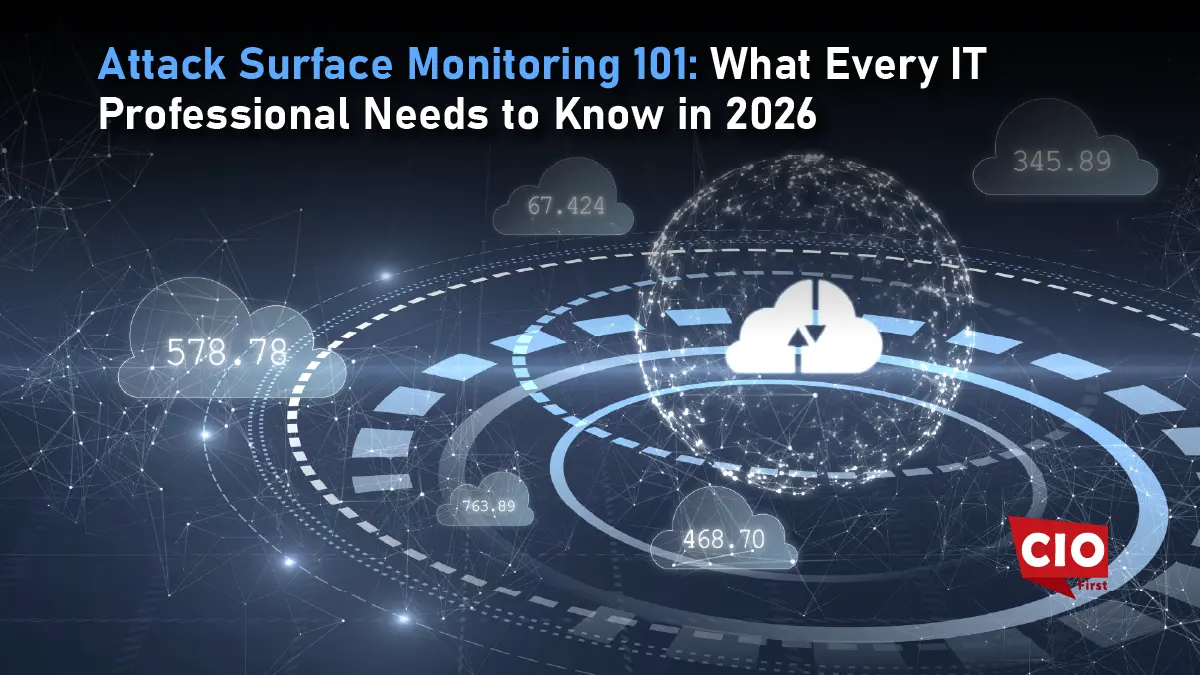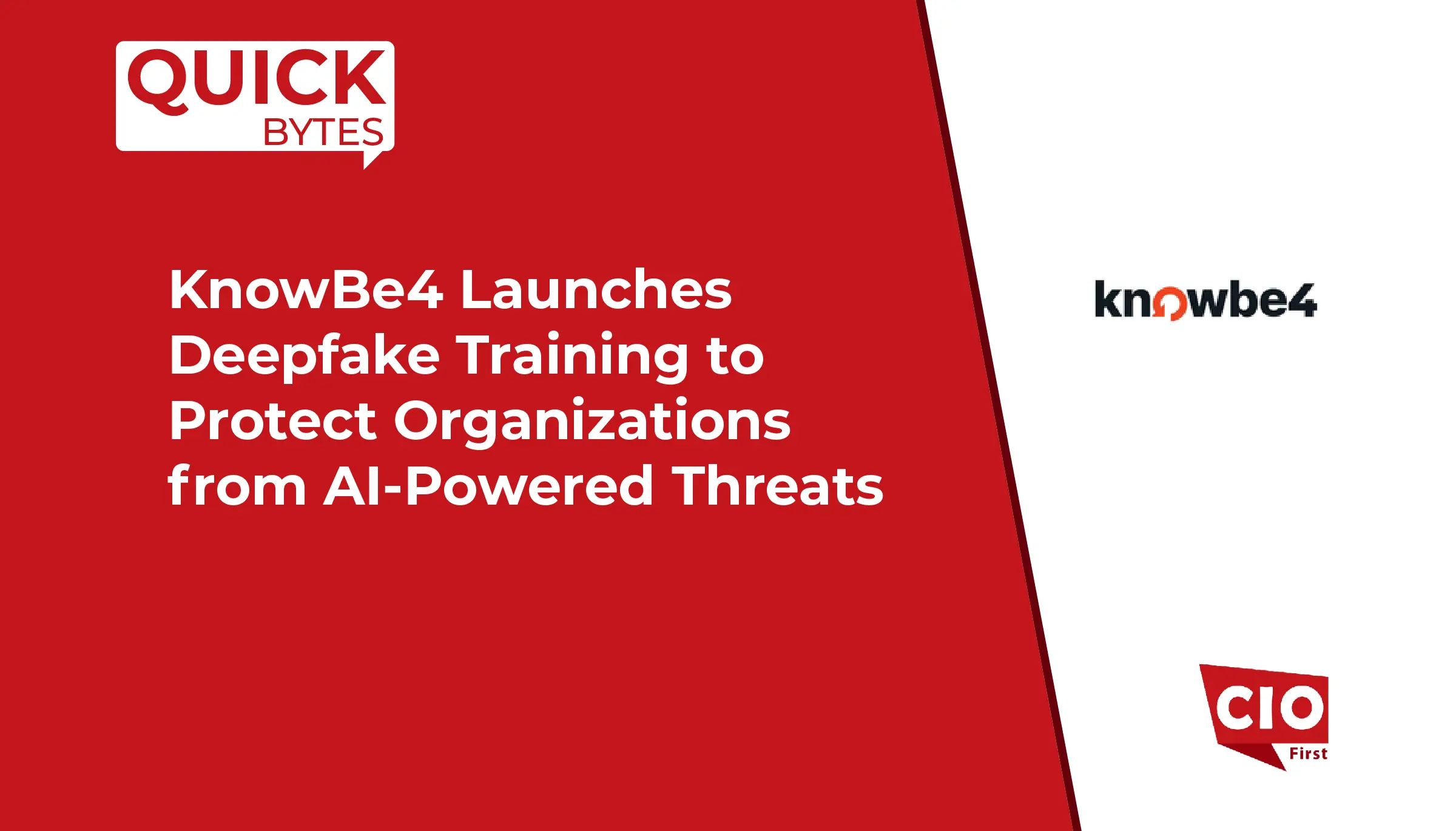Keeper Security, a leading provider of zero-trust and zero-knowledge privileged access management (PAM), announced Keeper Forcefield™, an industry-first solution for protecting Windows endpoints from memory-based cyberattacks. This new kernel-level endpoint protection technology proactively protects against advanced threats such as credential theft, infostealers, and memory-scraping malware, setting a new benchmark for enterprise security.
Unlike traditional antivirus or endpoint detection and response (EDR) systems focused on file-based threats, Forcefield protects application memory directly, restricting the opportunity for an attacker to extract valuable data, such as passwords and session tokens. Securing memory access at a kernel level, the technology blocks fileless and zero-day exploits without sacrificing system performance.
“Forcefield closes one of the most dangerous blind spots in endpoint security,” said Craig Lurey, CTO and Co-founder of Keeper Security. “Malware can extract sensitive information directly from a device’s memory, even at the user level where administrative privilege isn’t required. Forcefield prevents this type of exploit entirely without disrupting trusted applications or everyday workflows.”
Also Read: Redwood Software Launches RangerAI to Drive the Next Generation of Autonomous Enterprise Operations
Running silently in the background, Forcefield installs a lightweight kernel driver that protects the application’s memory from unauthorized access. It intelligently distinguishes between trusted and untrusted processes in real time, keeping protection up while guaranteeing system stability.
The solution works out of the box with Windows 11 (x64 and ARM64) and protects popular applications including Chrome, Firefox, Edge, Brave, Opera, and Keeper’s own suite: from its Desktop App and Web Vault to KeeperChat and Commander.
Available for both individuals and enterprises, Keeper Forcefield can be deployed organization-wide in a matter of minutes, delivering scalable, frictionless defense and closing a critical gap in endpoint protection for today’s threat landscape.
























